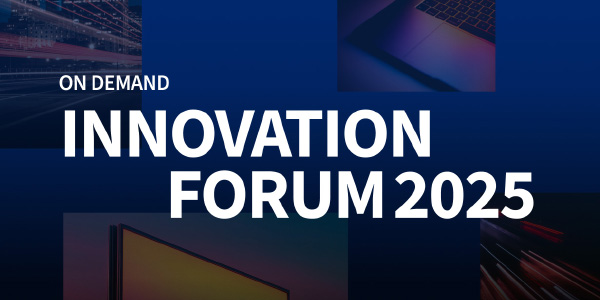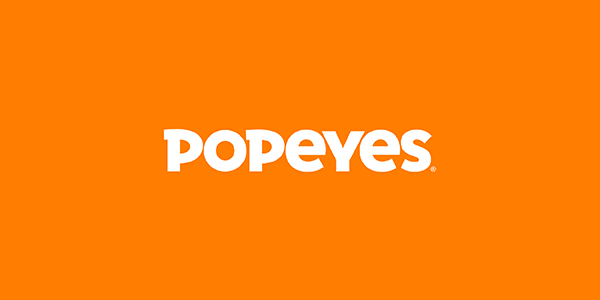AI in Programmatic Advertising: Everything You Need to Know

AI in programmatic advertising is becoming an industry norm. While having the ability to pull the levers and push all the buttons as a digital media buyer is important, having AI at your disposal makes for more accurate and thorough data-driven analysis and optimization.
With this shift from manual work to a more automated environment that leverages both machine learning and AI in programmatic, it’s important to understand what this technology is, how it benefits you, and why you should work with programmatic partners that are leveraging it.
The Basics: Machine Learning and AI in Advertising
The rapid growth of technology has connected and empowered consumers more than ever before. As consumers, our behaviour has evolved—we have multiple devices to consume content and we want to know everything instantly, which makes us more knowledgeable, curious, demanding and impatient.
Marketers are embracing this evolution, and are constantly looking for ways to make instant changes to their digital strategy in response to these shifts. This is where machine learning and artificial intelligence comes in.
What is Artificial Intelligence (AI)?
Artificial intelligence (AI) is the ability for machines to digest large amounts of information and make decisions in a short amount of time. The benefit of AI is that compared to manual decision-making by humans, which can be overwhelming for a person, AI is extremely fast.
The growth of AI in advertising is powered by data signals generated either by the time, or way in which users interact with their devices, as well as the type of online content being consumed. This ability can be used to help advertising platforms deliver more relevant marketing messages to users both whenever and wherever they are.
What is Machine Learning?
Machine learning leverages data and algorithms to imitate the way that humans learn. It uses algorithms to process the vast amounts of data, identifying, and categorizing this data to then computing useful and informative analysis.
Some advertising platforms use machine learning as an added feature to help identify patterns in massive volumes of real-time data. This enables them to predict the outcomes of campaigns, and therefore determine what steps need to be taken in order to improve campaign efficiency.
For example, machine learning can help marketers pinpoint where users are in the purchasing funnel, based on the actions they have completed last. It is a tool that can also be used to help find similar users, known as lookalike audiences, who have never been exposed to the brand before and introduce them into the funnel.
AI vs. Machine Learning: What’s the Difference?
| Artificial Intelligence (AI) | Machine Learning |
| Technology that enables computers to mimic human intelligence. | A subset of artificial intelligence that imitates the way that humans learn. |
| Digests large amounts of information quickly. | Leverages data and algorithms to find patterns within information. |
| Makes decisions in a short amount of time. | Enables machines to use experience and patterns to improve at making decisions. |
Machine Learning and AI for Advertising
Machine learning and AI helps marketers streamline their programmatic advertising efforts by making decisions at scale and rapidly responding to pivots in how people consume information.
When used together, these technologies are incredibly powerful because of the speed and scale of data processed. To take advantage of these benefits, advertisers can work with a programmatic platform that leverages machine learning and AI.
So how does machine learning and AI work within programmatic platforms? Let’s walk through the basics.
Data Collection:
Data is gathered from requests that are received from a platform’s supply partners, from real-time bidding, and from data points like how users interact with the ads being viewed.
Processing the Data:
Machine learning is applied at the time of a bid request to analyze and identify patterns in user behaviour that can be used in real-time. These identified patterns are then leveraged to make decisions.
Applying the Learnings:
AI applies machine learning to every single campaign on the platform. These identified patterns are used to make predictions about what users are likely to do in the future. Some examples include its ability to proactively predict the likelihood of fraudulent inventory, determine a user’s interest level before bidding, or to optimize a campaign towards any KPI set.
Benefits of Machine Learning and AI For Advertising
AI-powered advertising allows machine learning and AI to do the heavy lifting. By identifying patterns across all campaigns, AI makes it possible for marketers to run highly optimized programmatic ads.
While human insights are important for guiding the initial set-up of a campaign, human interventions could be made throughout the campaign flight to guide the way of any external factors the AI may need to consider, such as a change in business goals.
Use a Programmatic Platform That Leverages AI
Machine learning and AI can work in your favour to increase precision in reaching your audience at the right time, in the right place, and with the right message. Having this workhorse on your team ensures you are effectively spending your media dollars and getting the most rewarding result for your investment. Most importantly, it will enable you to better strategize and plan for future campaigns.
Looking to run AI-powered programmatic campaigns? Request a demo to learn more about StackAdapt.






